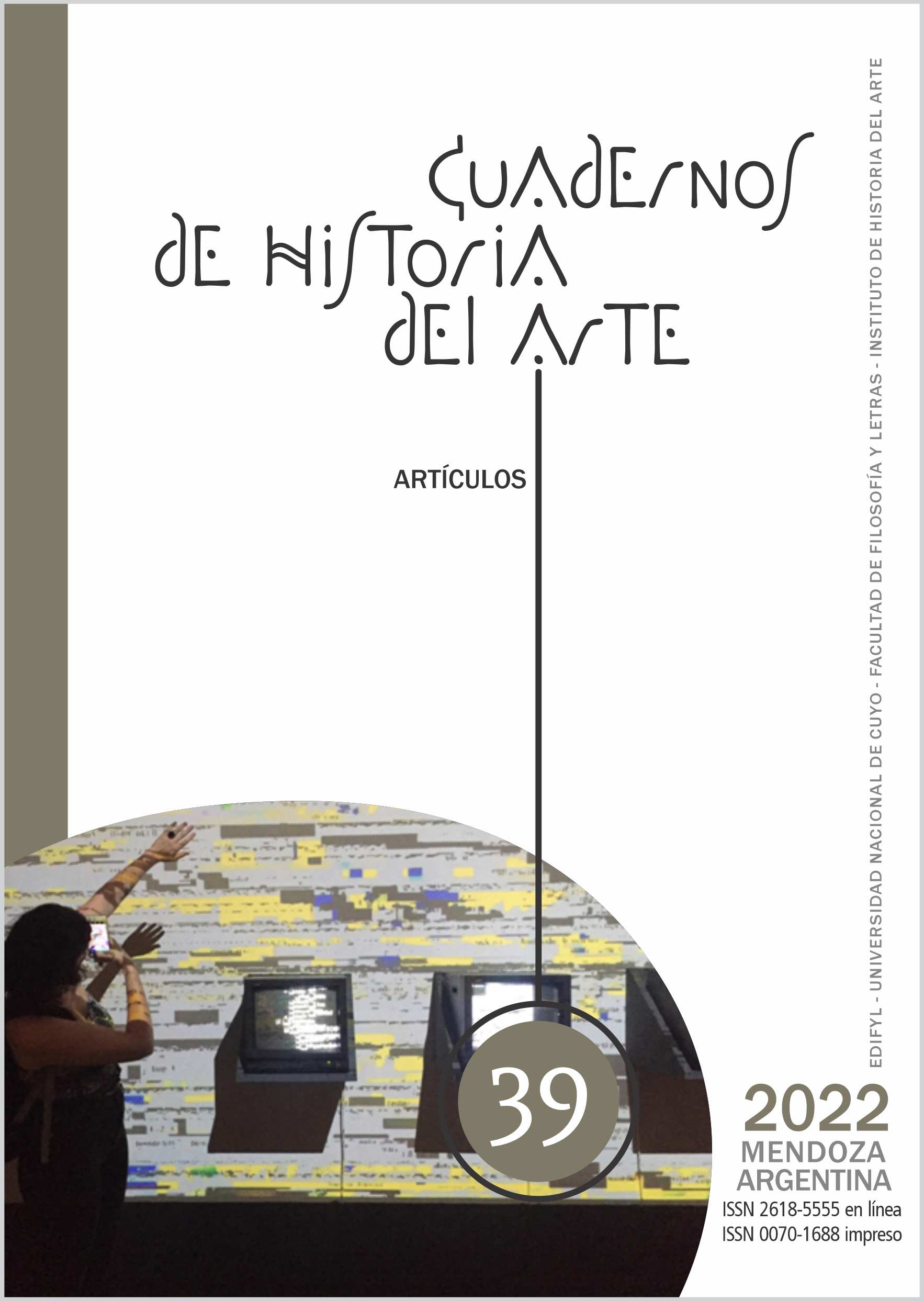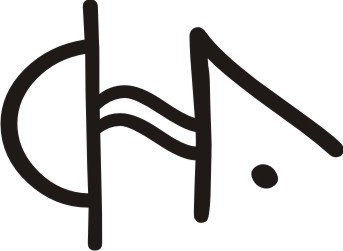Naipes Novohispanos: cualidades bifrontes en lo usos y circulación.
Intercambios y diligencias artísticas en la circulación de naipes y juegos en la época colonial.
Parole chiave:
historia del arte, naipes, arte colonialAbstract
La confluencia e intercambio entre Europa y la América colonial se vio reflejada no sólo en las producciones artísticas y modos de vida, sino también en la adopción de costumbres y modismos europeos.
En este escrito nos ocuparemos de los usos, circulación y funciones de los naipes en el territorio americano; objetos de compleja comprensión.
Riferimenti bibliografici
Alcocer, F. d. (1559). Tratado del Juego. (A. Portanaris, Ed.) Salamanca.
Brito, A. d. (2016). El juego de naipes en el primer siglo de la colonización canaria. ¿Vicio o entretenimiento? Revista Canaria del Patrimonio Documental(12), 221-244.
Calabrese, O. (1999). Como se lee una obra de arte. Madrid: Cátedra.
Grañén Porrúa, M.-I. (1997). Hermes y Moctezuma, un tarot mexicano del siglo XVI. Estudios De Cultura Náhuatl, 27, 369–393. Recuperado a partir de https://nahuatl.historicas.unam.mx/index.php/ecn/article/view/77955
Molina Molina, A. L. (1998). LOS JUEGOS DE MESA EN LA EDAD MEDIA. Miscelánea Medieval Murciana, (21-22), 215–239. https://doi.org/10.6018/j7861
Panofsky, E. (1977). El significado de las Artes Visuales. Madrid: Alianza.
Romero, A. R. (2012). Imagenes en tránsito: circulación de pinturas y estampas en los siglos XVI y XVII. En Hacia una nueva histpria de las artes visuales en Argentina II (págs. 29-56). Buenos Aires: CAIA.
Downloads
Pubblicato
Come citare
Fascicolo
Sezione
Licenza
Copyright (c) 2022 Luciano Pozo

Questo articolo è soggetto a Creative Commons Attribution-NonCommercial-ShareAlike 3.0 International License.
Los artículos enviados al Comité Editor del Instituto de Historia del Arte, para ser publicados, los autores reservan su derecho de propiedad, pero otorgan a la Editorial los derechos de impresión y aceptan la difusión tanto en papel, como en internet y en aquellos sitios virtuales de las cuales los CHA formen parte.

Esta obra está bajo una Licencia Creative Commons Atribución-NoComercial-CompartirIgual 3.0 No portada


















_00.07_.55_2.png)





